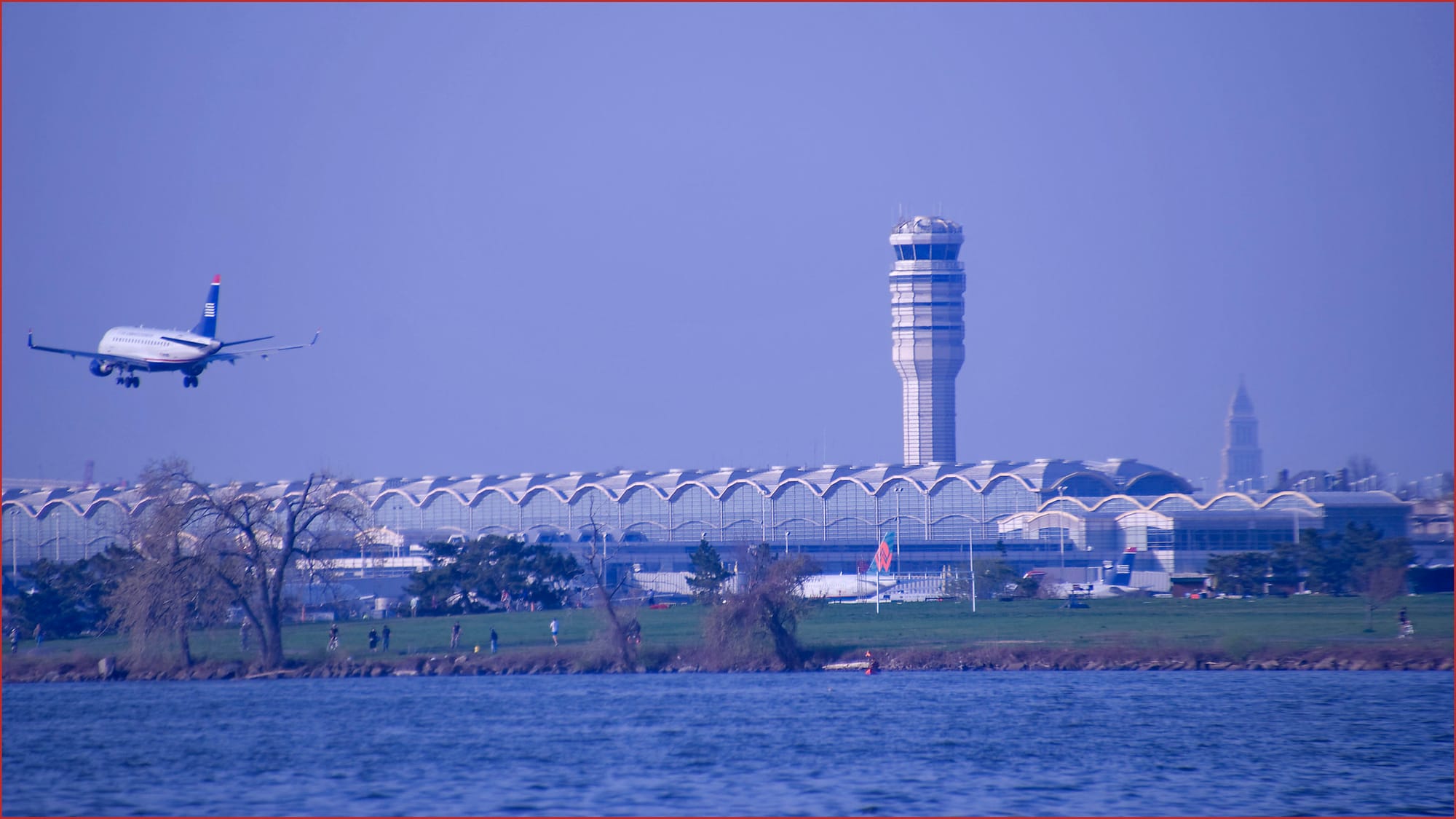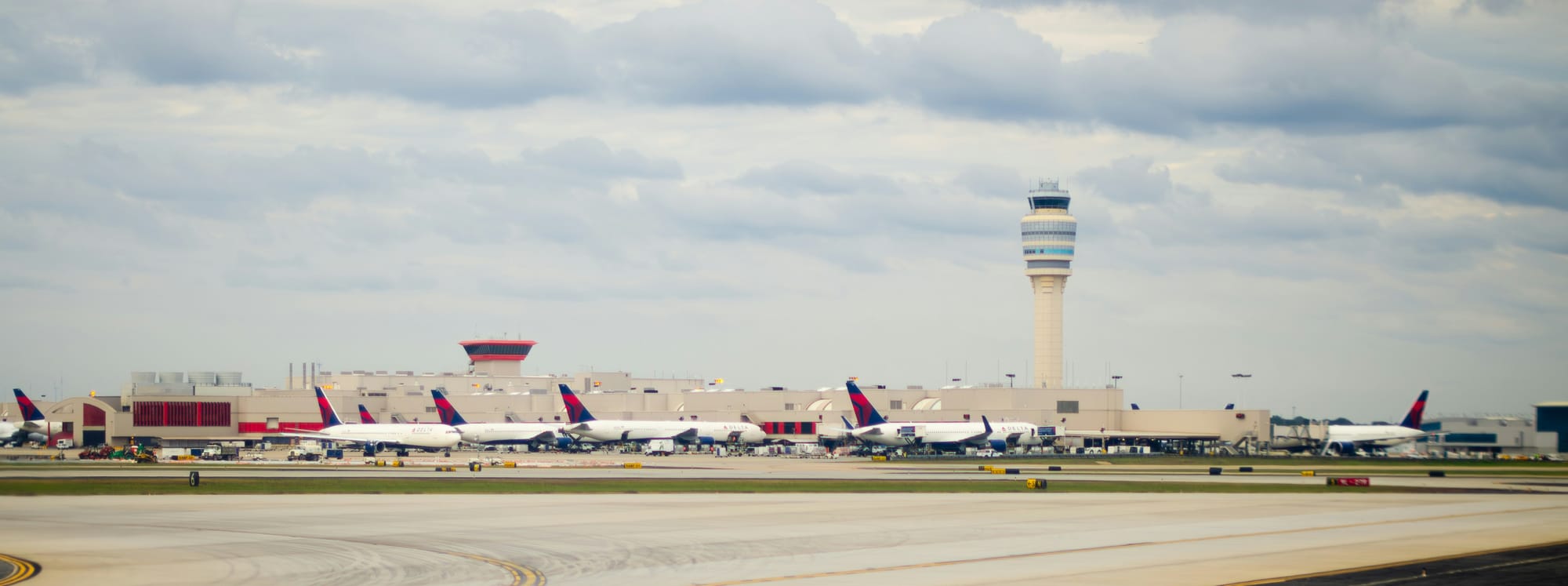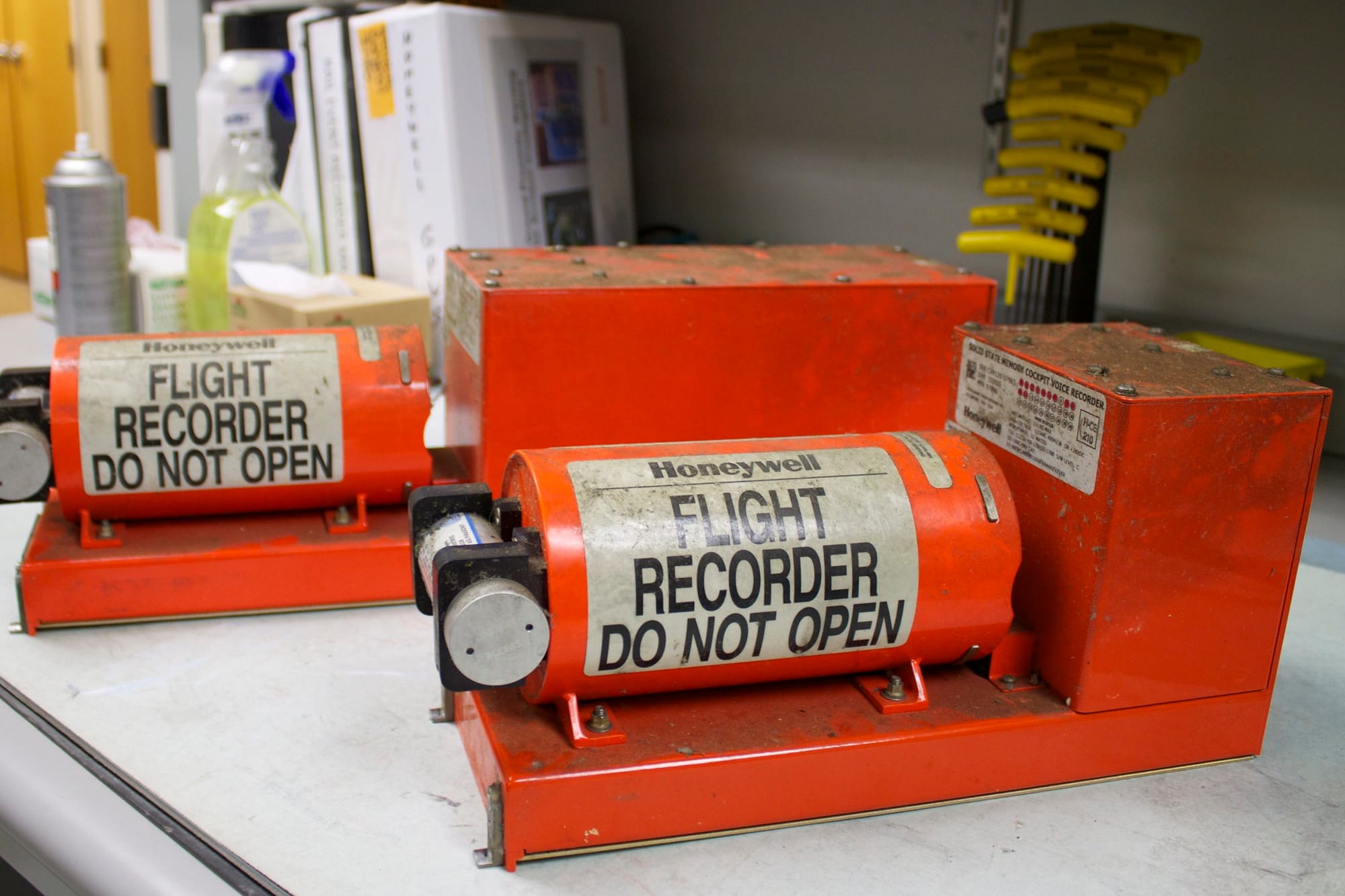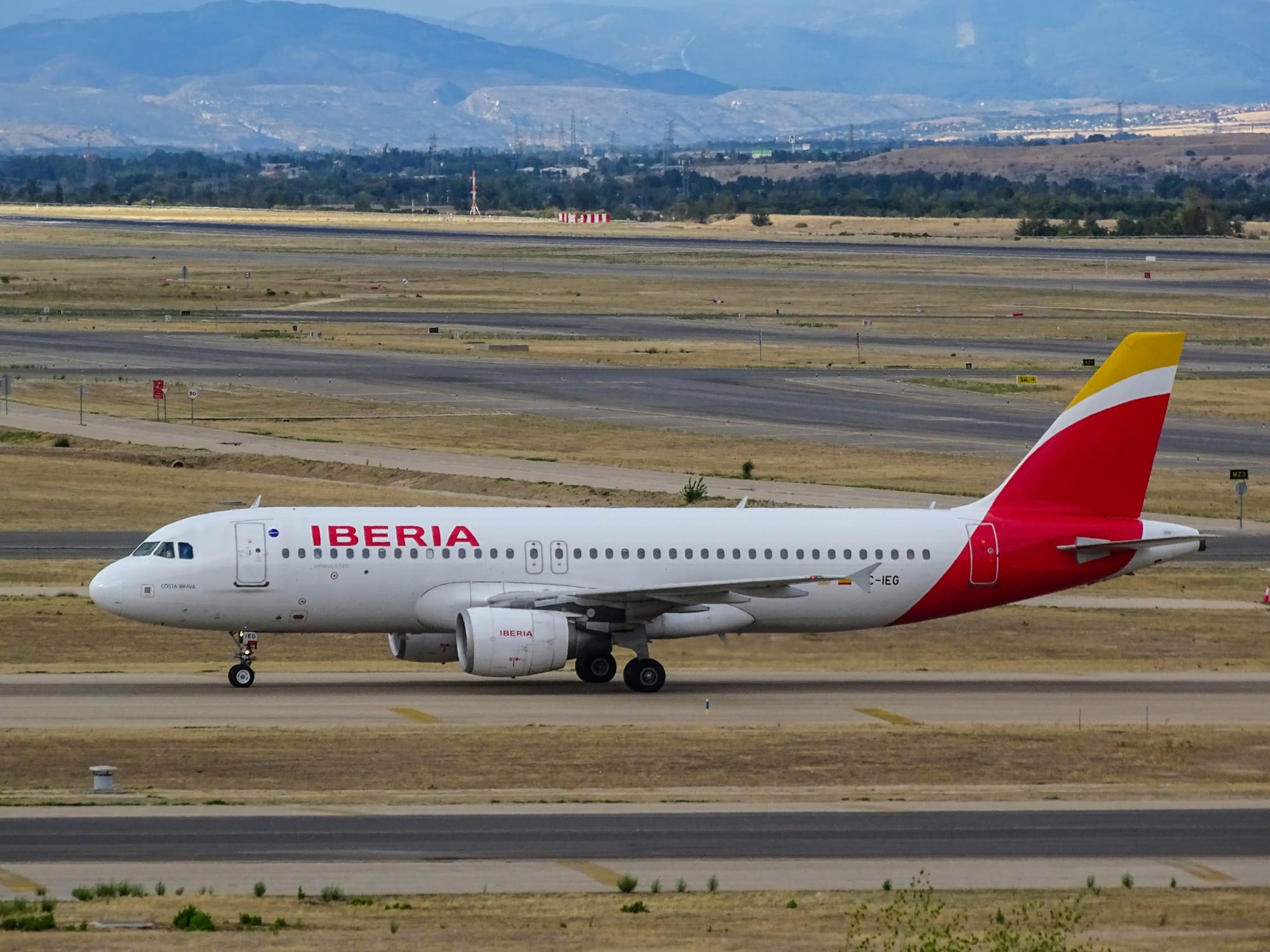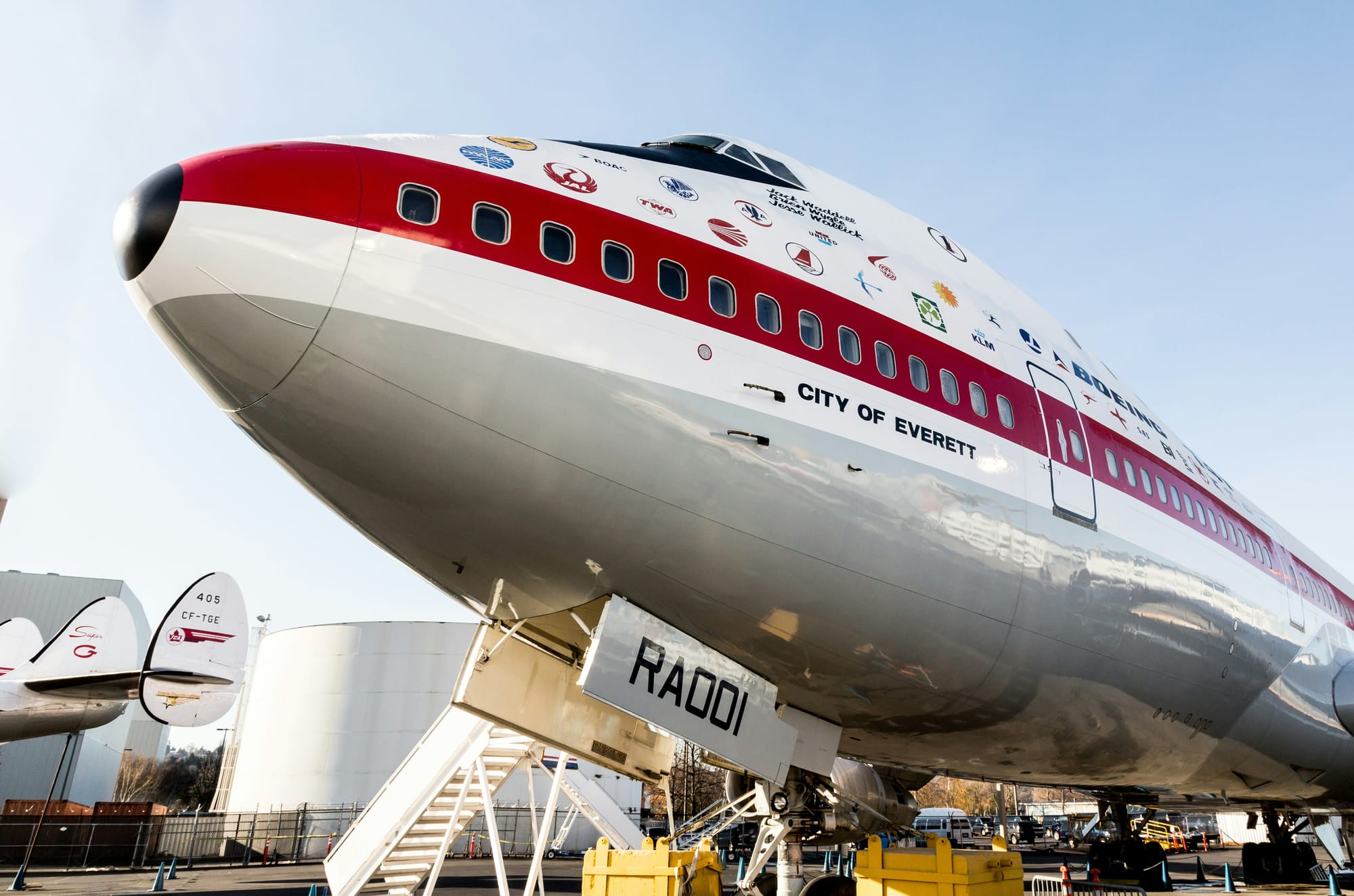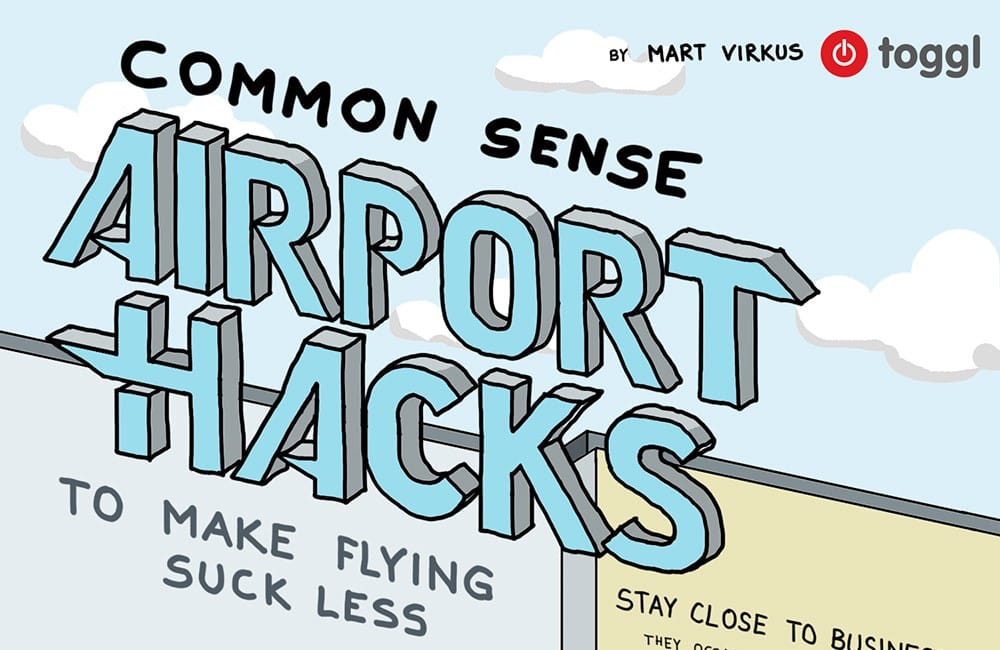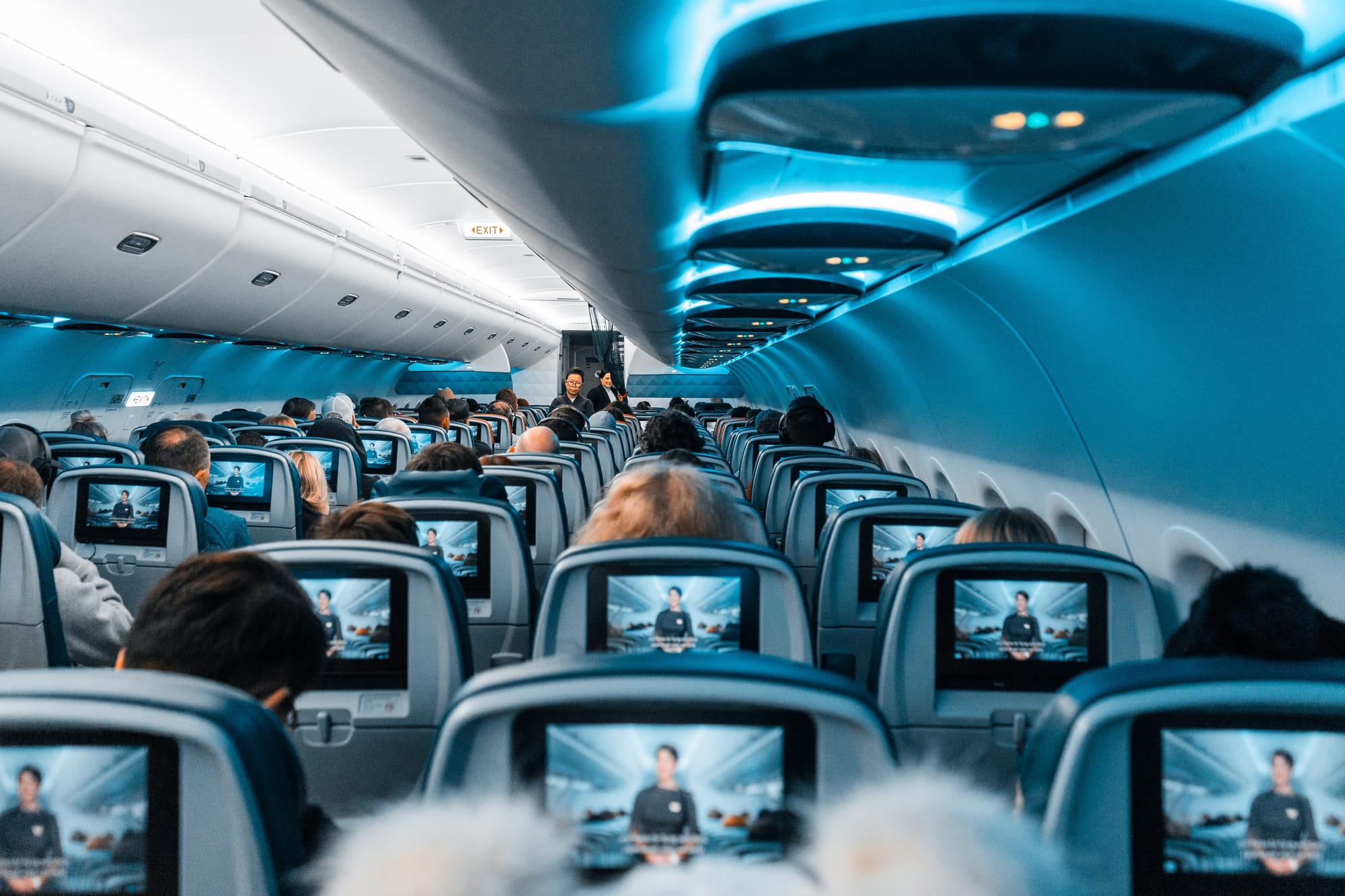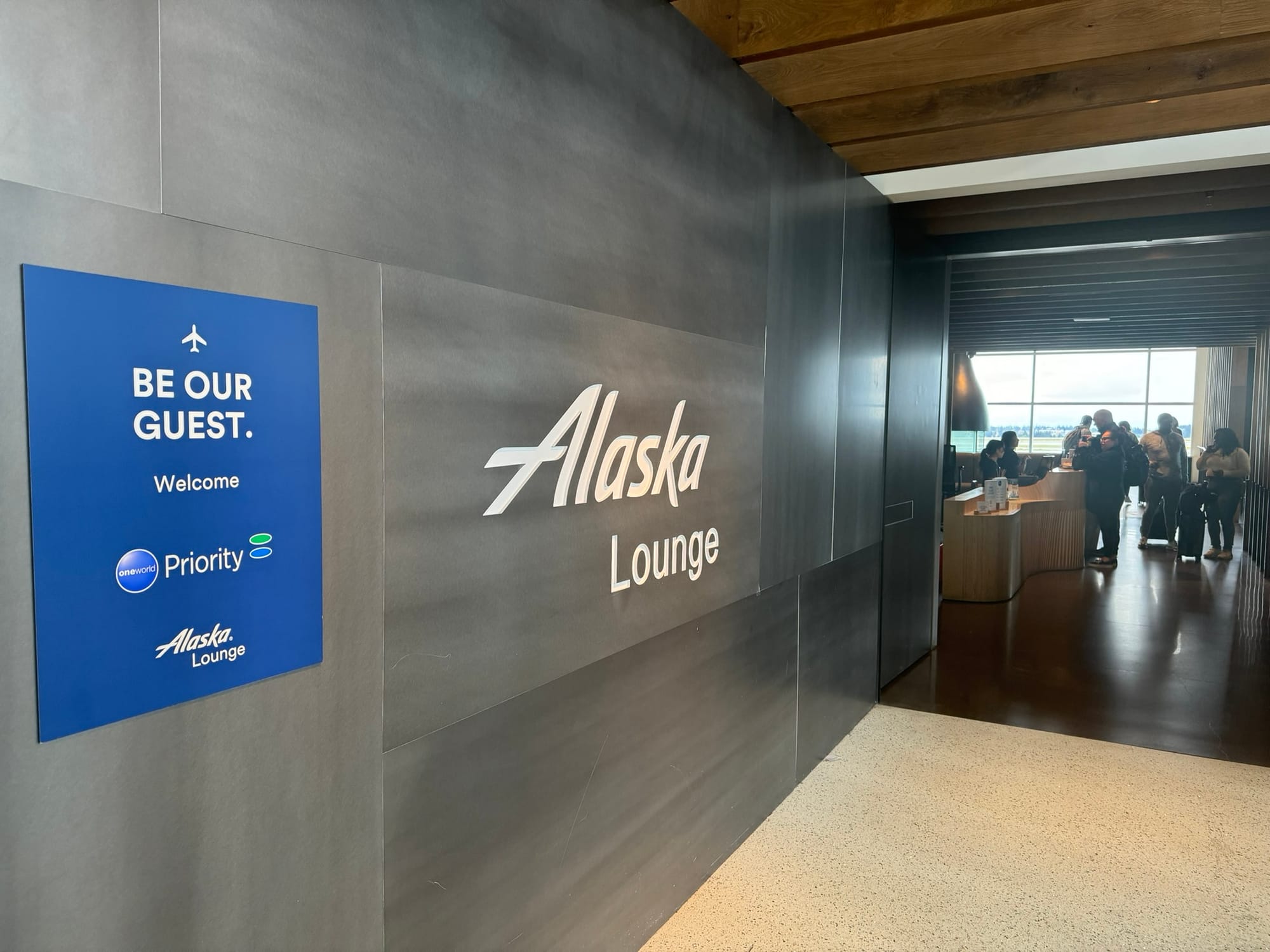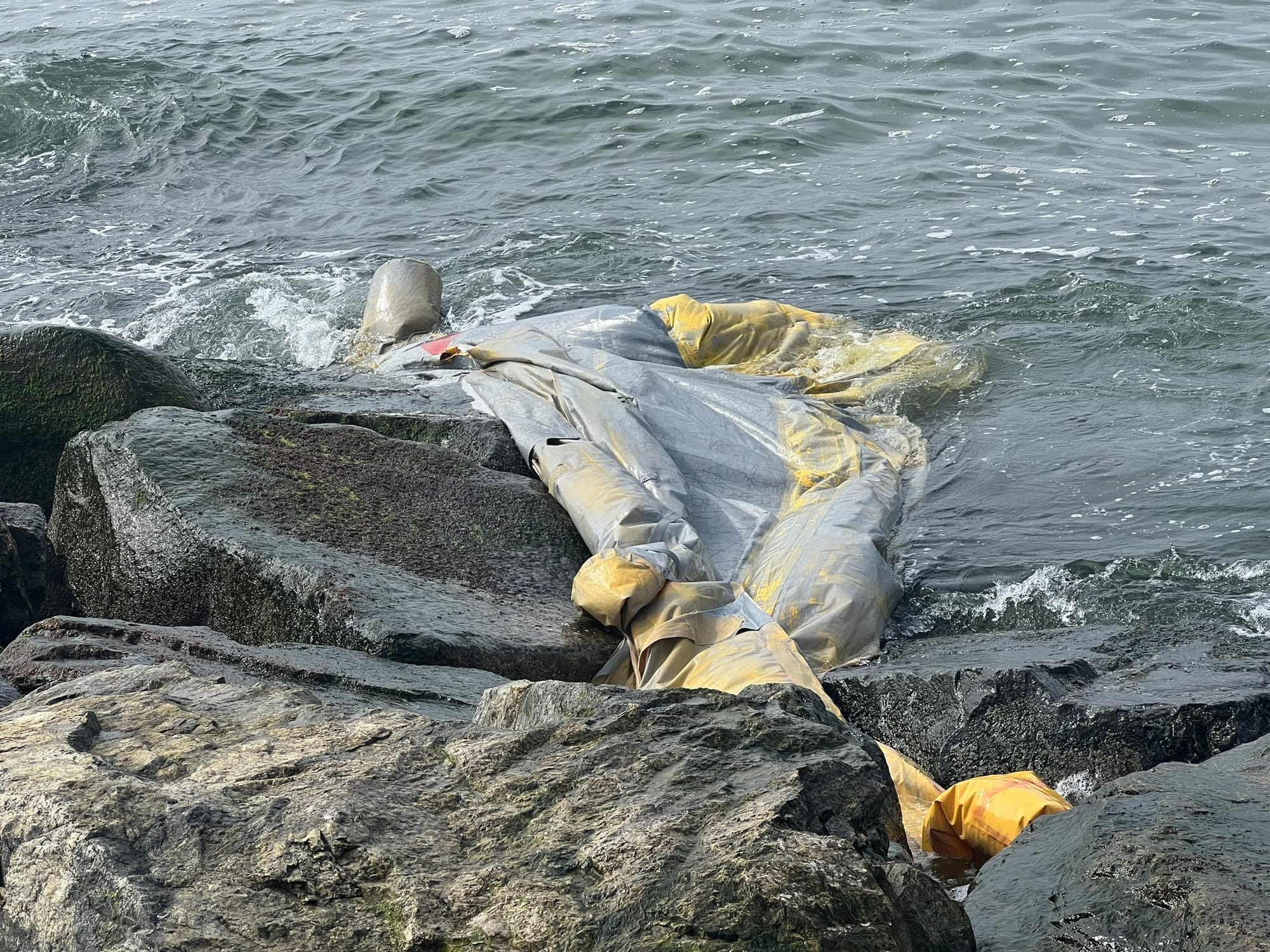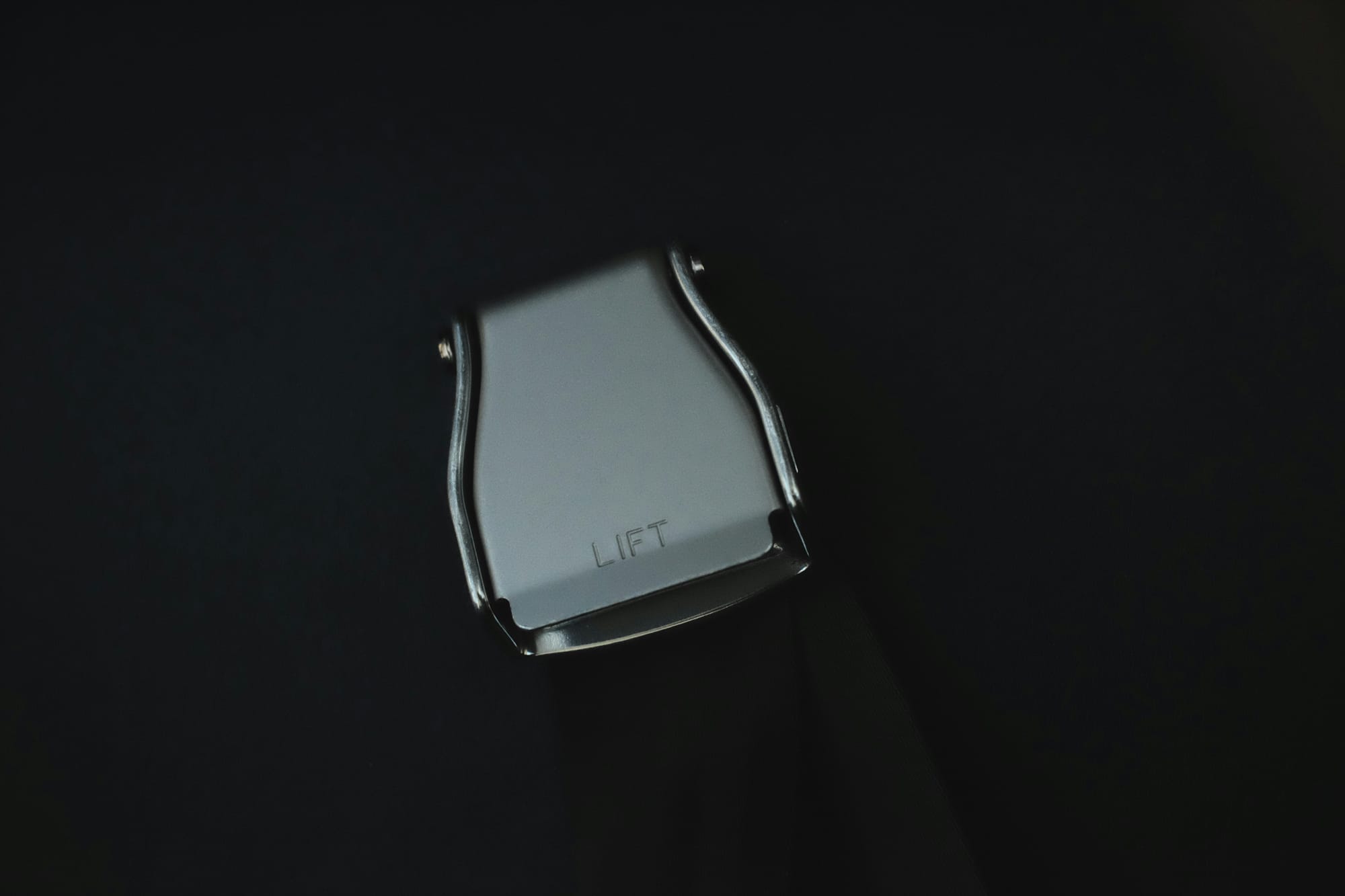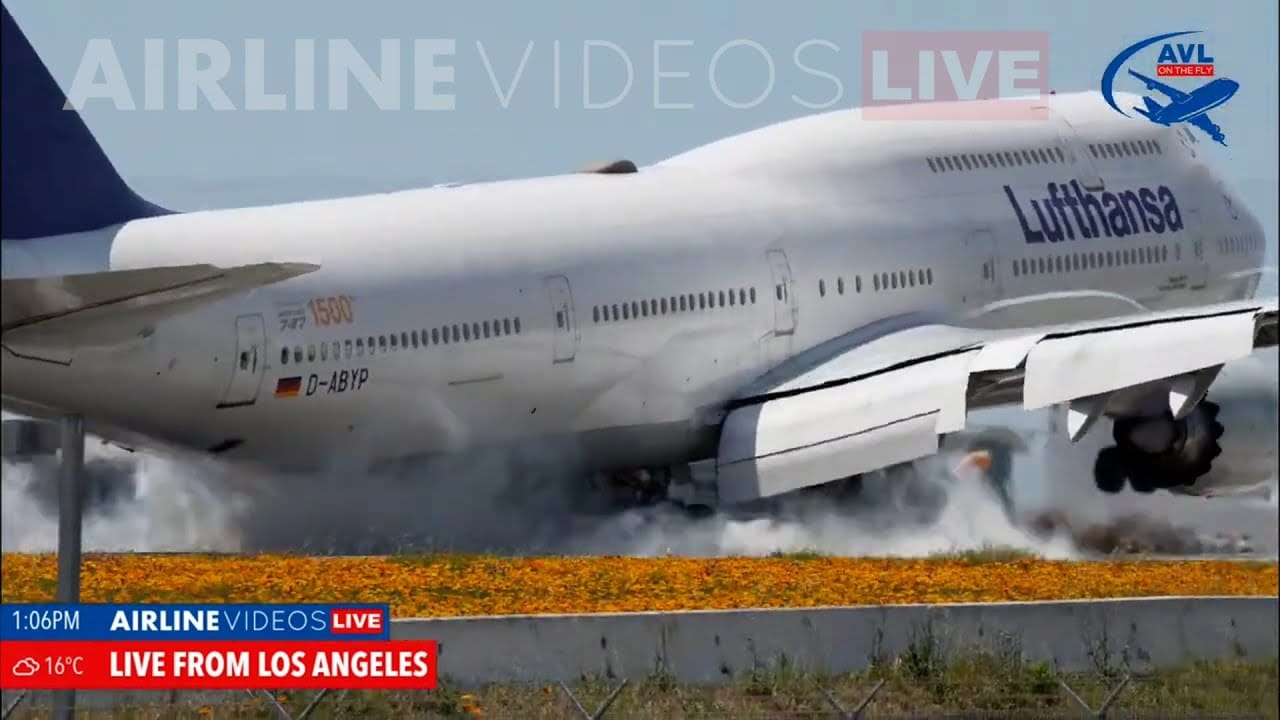Ronald Reagan Washington National Airport (DCA) sits just across the Potomac River from Washington D.C., offering a convenient hub for air travel in the nation's capital. However, unlike most major airports, DCA operates under a unique regulation known as the DCA Perimeter Rule. This rule restricts the distance of non-stop flights to and from the airport, impacting airlines, passengers, and the overall air travel landscape in the D.C. region.
A Look Back: The History of the Perimeter Rule
The Perimeter Rule's origins trace back to the 1960s, a period of rapid growth in jet aircraft technology. Concerns arose about noise pollution and congestion at DCA, which is situated closer to residential areas compared to Dulles International Airport (IAD) located further west.
In 1966, the Federal Aviation Administration (FAA) implemented the initial rule, limiting non-stop flights at DCA to a radius of 650 miles. This effectively positioned DCA as a "short-haul" airport catering to domestic destinations within a reachable distance, while encouraging passengers for long-distance travel to utilize the larger and more remote Dulles Airport.
Over time, the perimeter has been expanded. In the 1980s, Congress increased the radius to 1,000 miles, and later to the current 1,250-mile limit. This expansion reflected growing demand and the evolution of aircraft capabilities. However, the core principle of the rule – prioritizing short-haul flights at DCA – remains in place.
The Mechanics of the Rule: Slots and Exemptions
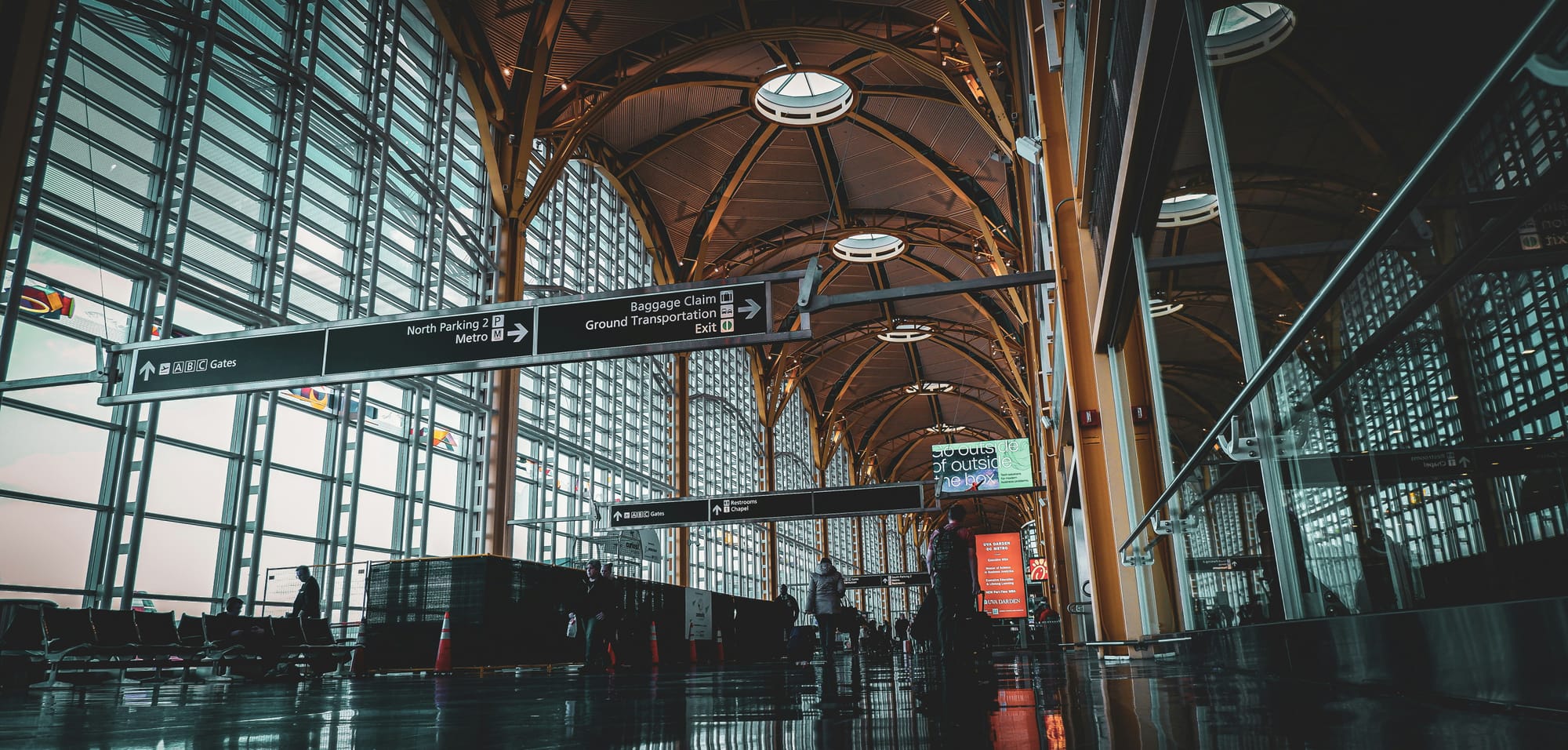
The Perimeter Rule is just one piece of the puzzle governing air traffic at DCA. Another critical element is the slot system. Slots are essentially permits granted by the FAA that allow airlines to take off or land at the airport. The limited number of slots available at DCA creates a competitive environment for airlines.
The Perimeter Rule interacts with the slot system. Airlines seeking to offer non-stop flights exceeding the 1,250-mile limit must acquire a "beyond-perimeter" exemption from the U.S. Department of Transportation (DOT). These exemptions are typically granted by Congress, and a handful of cities like Los Angeles, San Francisco, and Seattle currently enjoy such exemptions for service to DCA.
The Debate: To Lift or Not to Lift the Rule
The DCA Perimeter Rule remains a subject of ongoing debate. Proponents of the rule argue that it serves several crucial purposes:
- Reduced Congestion: DCA is a smaller airport compared to Dulles. Maintaining the rule prevents excessive air traffic at DCA, ensuring smoother operations and potentially shorter wait times for passengers.
- Noise Mitigation: Limiting long-haul flights with larger aircraft helps minimize noise pollution for residents living near DCA.
- Balance for Dulles: With Dulles positioned as the region's major long-haul hub, the Perimeter Rule helps maintain a balance between the two airports, preventing an oversaturation of flights at DCA and ensuring the viability of both facilities.
Opponents of the rule, on the other hand, argue that it restricts competition and limits passenger options. They believe:
- Limited Choices: Passengers seeking to fly directly to certain long-haul destinations from DCA are forced to travel to Dulles or another airport, adding inconvenience and potentially higher costs.
- Economic Impact: Airlines might hesitate to establish hubs or expand services at DCA due to the limitations imposed by the rule. This could potentially stifle economic growth in the surrounding area.
- Outdated Rationale: Opponents argue that advancements in aircraft technology have addressed noise concerns, and the current capacity at DCA can handle more traffic efficiently.
The Future of the Perimeter Rule
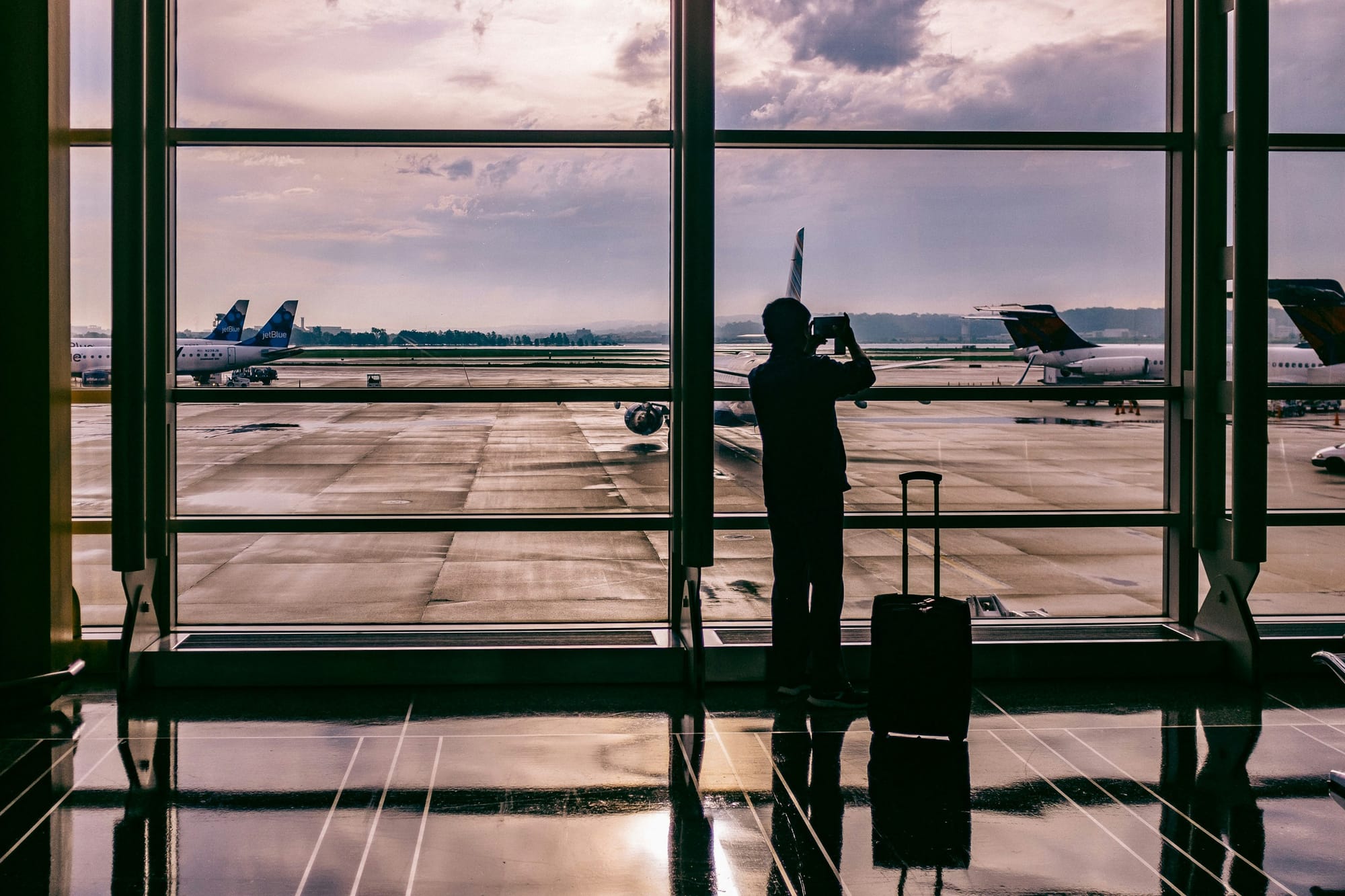
The debate surrounding the DCA Perimeter Rule is likely to continue. Lobbying efforts from airlines, passenger groups, and local communities all play a role in influencing its future. Congress has the authority to modify or even eliminate the rule altogether. However, reaching a consensus that balances the needs of various stakeholders remains a challenge.
Here are some potential scenarios for the future:
- Maintaining the Status Quo: The current Perimeter Rule with limited exemptions could remain in place.
- Expanding Exemptions: Congress might grant exemptions to additional destinations, offering passengers more direct flight options from DCA.
- Lifting the Rule Entirely: A complete removal of the Perimeter Rule could lead to more competition and potentially lower fares for long-haul flights from DCA. However, concerns about increased congestion and noise pollution would need to be addressed.
Ultimately, the fate of the DCA Perimeter Rule hinges on a delicate balancing act between passenger convenience and economic benefits, alongside the need to manage congestion and minimize noise pollution. Finding a solution that addresses these competing priorities will determine the future flight options available at Reagan National Airport.

